How to clean a coffee maker for smooth, deep flavors every time
You probably know that you should regularly clean your coffee maker’s detachable components by washing them in hot, soapy water or by placing them on the top rack of the dishwasher. (Whether you actually do that is another story!)
But regular cleaning can only go so far to keep your coffee maker in good condition. From time to time, a more thorough cleaning is needed to remove buildup that can make your cup of coffee taste bitter, stale, or just downright unpleasant. This deep cleaning process is called descaling and is used to clean the internal components of a coffee maker, as well as to deep clean removable parts such as filter baskets and carafes.
“What is descaling? All water contains minerals, and these minerals build up deposits in your machine’s inner tubes over time,” explains Jacques Paradis, in-house coffee expert and trainer at Philips Domestic Appliance, “causing flow problems and causing the coffee to not as hot as when you bought your machine. If you follow the manufacturer’s recommendations, your machine will always give you delicious coffee.”
With the help of Paradis and other experts, we explain in advance all the steps you need to know to keep any type of coffee maker in tip-top shape, from regular cleaning recommendations to deep cleaning and descaling instructions, including the tools you need to get the job done.
Cleaning a coffee maker, regardless of the type of machine, does not usually require expensive or specialized products. These are the tools and products you should reach for when your coffee maker needs cleaning.
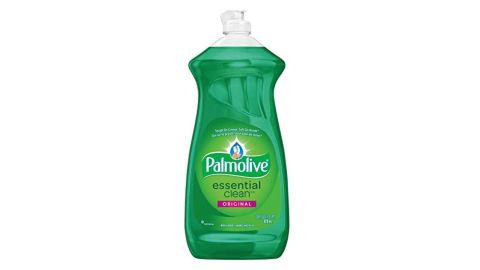
Most components of the coffee machine – from the filter basket to the carafe – can be cleaned with hot soapy water; many are also machine washable (check your machine’s instructions to see if parts are dishwasher safe). It’s important to clean these parts after each use to prevent buildup on the machine, resulting in a bad-tasting cup of coffee.
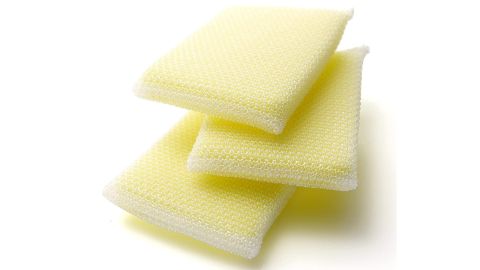
Dobie Pads are non-scratch scrubbing pads that are great for gently removing stains and buildup from delicate materials like glass. While a regular sponge is perfectly fine for washing a coffee pot, a Dobie Pad can come in handy if you frequently find stubborn stains on the glass.
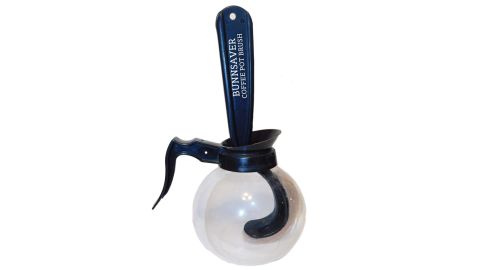
If washing the inside of a coffee pot with a traditional sponge is uncomfortable, a long-handled coffee pot cleaning brush is a great solution to the problem of washing an awkwardly shaped item.
Arm & Hammer Pure Baking Soda Shaker
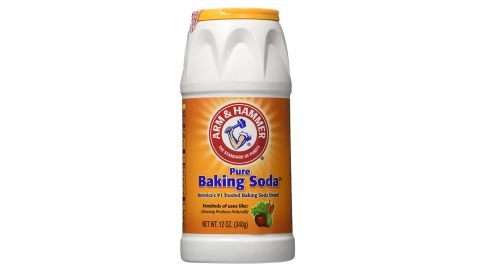
Coffee stains aren’t just for your white work shirt! They also appear on coffee machines, both on the outside of the machines and as deposits in the carafe. To remove stubborn coffee stains from glass, use a paste of baking soda and water to gently remove debris.
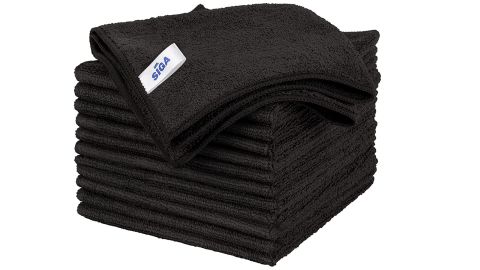
Cleaning the outside of a coffee machine is very easy: just wipe the device with a damp microfiber cloth. Microfiber is recommended for this job as it is gentle enough to use on scratch-prone plastic and stainless steel, but tough enough to remove stubborn build-up of mineral and oil deposits.
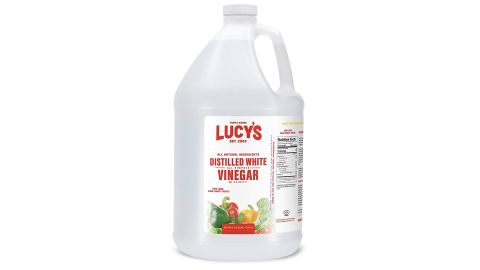
Even with regular maintenance, all coffee machines must be descaled. While commercial descalers are available, white vinegar is expert-recommended and a more cost-effective choice than descalers sold by coffee maker manufacturers. White vinegar can also be applied to a microfiber cloth and used to remove stains from the outside of the machine. Never use commercial glass cleaners like Windex or products that contain ammonia to clean a coffee maker.
Urnex Dezcal coffee and espresso descaler and cleaner
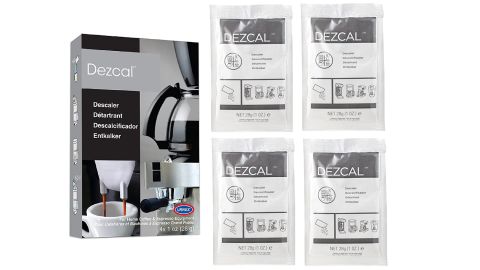
For those who hate the smell of vinegar, commercial descalers are a good alternative. Urnex descaler powder can be used on a wide range of coffee machines including drip brew models, espresso machines, single serve pod/capsule machines and other small appliances that tend to develop scale such as coffee machines. B. tea kettles, clothes steamers and humidifiers.
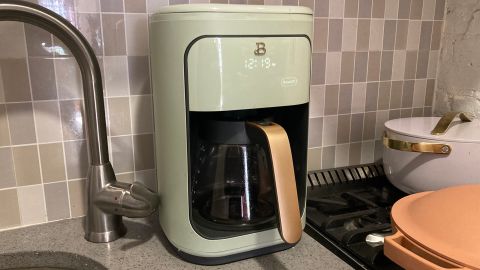
Filter coffee makers should be routinely cleaned after each use by washing the pot and filter basket with dish soap and hot water. “If you skipped this routine because you were late for work and see stains on your decanter,” says Paradis, “try water and baking soda.”
Follow these steps to deep clean a drip coffee maker, which should be done once a month to maintain the machine:
- Step 1: Pour 1 to 2 cups of white vinegar into the container (less for smaller capacity machines, more for larger capacity machines) and fill the remaining space with water.
- Step 2: Leave for 30 minutes.
- Step 3: Run the vinegar solution through a brew cycle.
- Step 4: Pour out the vinegar solution and rinse the carafe.
- Step 5: Perform 2 to 3 brew cycles with clean water to rinse out the vinegar.
How to clean ground and brew coffee machines
Ground and brew coffee machines require a little more maintenance than traditional drip machines. The jug and filter basket should be washed with warm, soapy water after each use. The machine must then be thoroughly cleaned and descaled once a month. Depending on the version of the machine, the coffee bean chute must also be cleaned regularly; Manufacturers recommend every two weeks.
- Step 1: Unplug the machine and remove the jug, grinder basket, filter basket, cover and holder and jar lid from the machine and wash by hand with hot soapy water or in the top rack of the dishwasher.
- Step 2: Using a damp microfiber cloth, wipe down the exterior of the coffee maker, including the grinder basket housing, being careful not to get the grinder motor wet – ensure the cloth is only slightly damp to protect the motor .
- Step 3: Wipe the jug plate with a damp microfiber cloth and a small drop of washing-up liquid to remove coffee residue and stains. Then rinse the cloth and wipe the plate with clean water to remove foam residue.
- Step 4: Descale the machine using the same method as for filter coffee machines (above).
How to clean French Press and AeroPress coffee makers
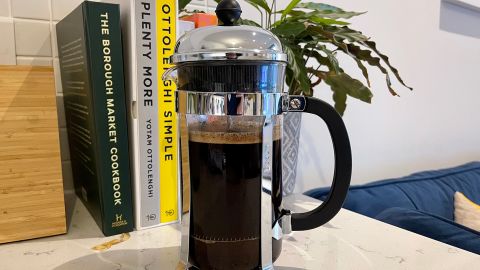
Paradis recommends cleaning French Press and AeroPress coffee machines with hot, soapy water after each use. This includes draining the set and washing the entire unit including the bowl, strainer and plunger. Do a more thorough cleaning once a week to remove buildup from the oils in the coffee and the minerals in the water.
- Step 1: Pour out the used coffee grounds, if necessary use a rubber spatula or wooden spoon to remove stuck coffee grounds. Avoid using metal utensils as they can scratch or chip the glass.
- Step 2: Disassemble the components and rinse them one by one with warm water, then reassemble them.
- Step 3: Fill the carafe with hot soapy water and insert the plunger. Dip the filter in the soapy water several times to remove coffee oil residue and stuck coffee residue.
- Step 4: Drain the sudsy water, rinse each component and allow to air dry or dry with a soft dishcloth.
How to clean a Keurig and other single serve coffee makers
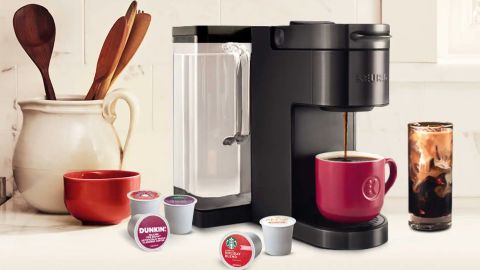
“Disposable coffee makers require little maintenance for everyday use,” says Paradis, “but after 400 brewed coffees, you need to descale your machine.” A Keurig representative recommends descaling every three to six months.
Follow these steps to thoroughly clean and descale a single-serve coffee machine:
- Step 1: Unplug the device and let it cool down if it has been used recently.
- Step 2: Wash the water tank and lid, drip tray and filter basket with warm soapy water. Dry them and put them back in the machine.
- Step 3: If the machine has a milk frother, remove the lid and whisk from inside the frother and wash the inside of the frother, lid and whisk with warm, soapy water. Dry all parts thoroughly with a soft cloth, then reassemble.
- Step 4: Descale the machine with a white vinegar solution using the same method as for filter coffee machines (above).